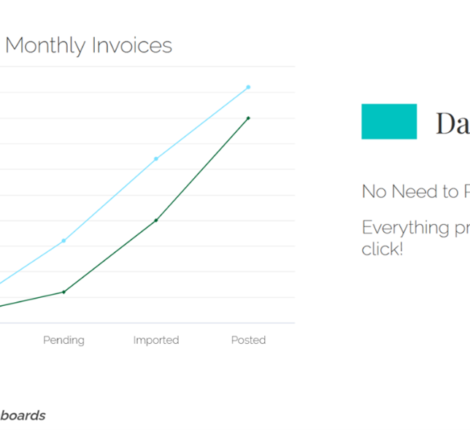Learn how Oracle became a predictive powerhouse and how you can, too
Ask any finance leader what their goals are, and you’ll hear some common themes: a faster close, less manual work, less time spent on reporting and more time spent on business strategy. These goals require higher levels of automation and more accurate predictions—both of which require finance systems with AI and machine learning built in.
This sounds convenient for Oracle, since we sell these systems. But we’ve done more than just build the best finance systems in the world. We’ve put them to use everywhere in our own business, and achieved outstanding results, just like thousands of Oracle customers. Oracle CloudWorld is your opportunity to learn from our finance practitioners about what we’ve accomplished, and how you can achieve similar success.
Move to a new business model
As Oracle transitioned from selling on-premises software to cloud subscriptions, we knew that we had to shift to an entirely new business model. We had to change our accounting processes to support annual recurring revenue and track new KPIs. We had to focus on renewals, which meant that customer success had to be our top priority. And we needed to spend more time modeling scenarios and deciding where to invest next. To do all of this, we needed to spend less time looking backwards and more time looking to the future.
Spend less time on manual accounting
The first step on our journey was to automate the manual work that came with the financial close. With Oracle Cloud Enterprise Resource Planning (ERP), our finance team reduced manual accounting, slashed hours of data gathering, and shortened the time to close. Today, we close our books and report earnings to the street in just 10 days—21 days faster than average, and faster than any other company in the S&P 500. This kind of speed lets us spend less time on rear-view reporting and more time on predictive analysis. As Oracle CEO Safra Catz says, “When you can announce and file your results in fewer than 10 days, you haven’t just saved time. You’ve saved millions of dollars. And, while others are still looking back, you can look forward and focus on the growth of your business.”
Model scenarios to navigate uncertain times
It’s safe to say that, two years ago, no one could have predicted a global pandemic, a war in Europe, global inflation, labor shortages, and supply chain disruptions—all happening at the same time. What we could predict, however, is that change is constant. Continuous business planning is essential to stay agile and pivot quickly in response to the next global upheaval.
At Oracle, our finance teams use Oracle Cloud Enterprise Performance Management (EPM) to model multiple scenarios and predict potential outcomes. We continuously re-plan and reforecast, look at costs, margins, and allocations, and decide what parts of the business to dial up or dial down in response to changing conditions. Now that we’re spending less than two weeks per quarter on the financial close, we can spend the other 10 weeks providing guidance to our business leaders and helping them to drive growth.
Learn from real-world finance practitioners
At Oracle CloudWorld, members of my finance team will share our success story and provide details on how we approached our shift from scorekeepers to business partners. Check out the Plan, Adopt and Innovate track, where you’ll find success stories from other organizations across industries. You’ll learn how Oracle—and our customers—have automated manual finance tasks, simplified planning, and gained rapid insights for better decision making.
Source: https://blogs.oracle.com/modernfinance/post/how-to-become-a-predictive-powerhouse-cloudworld



